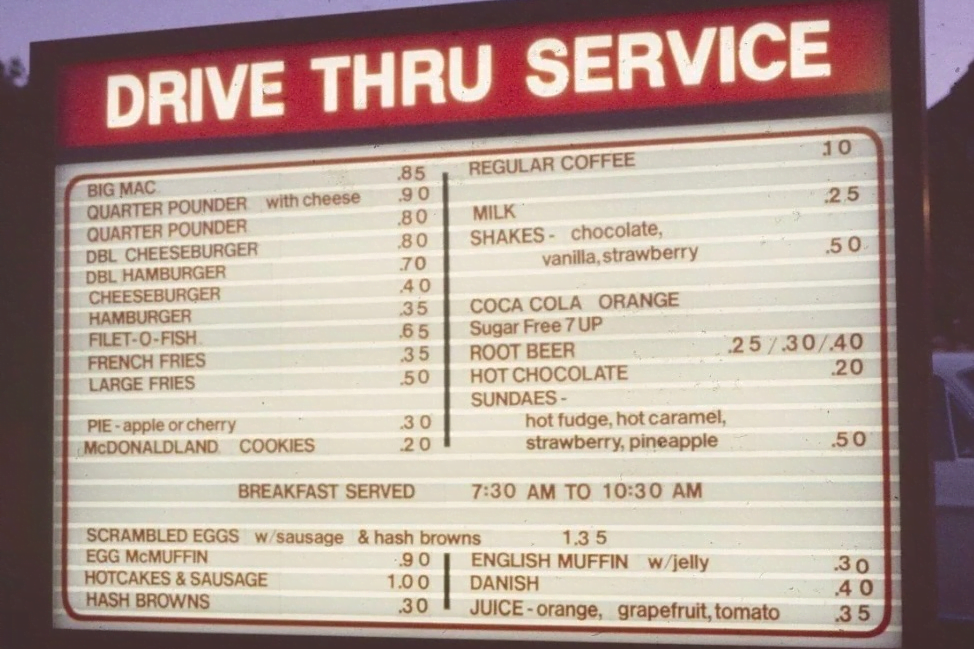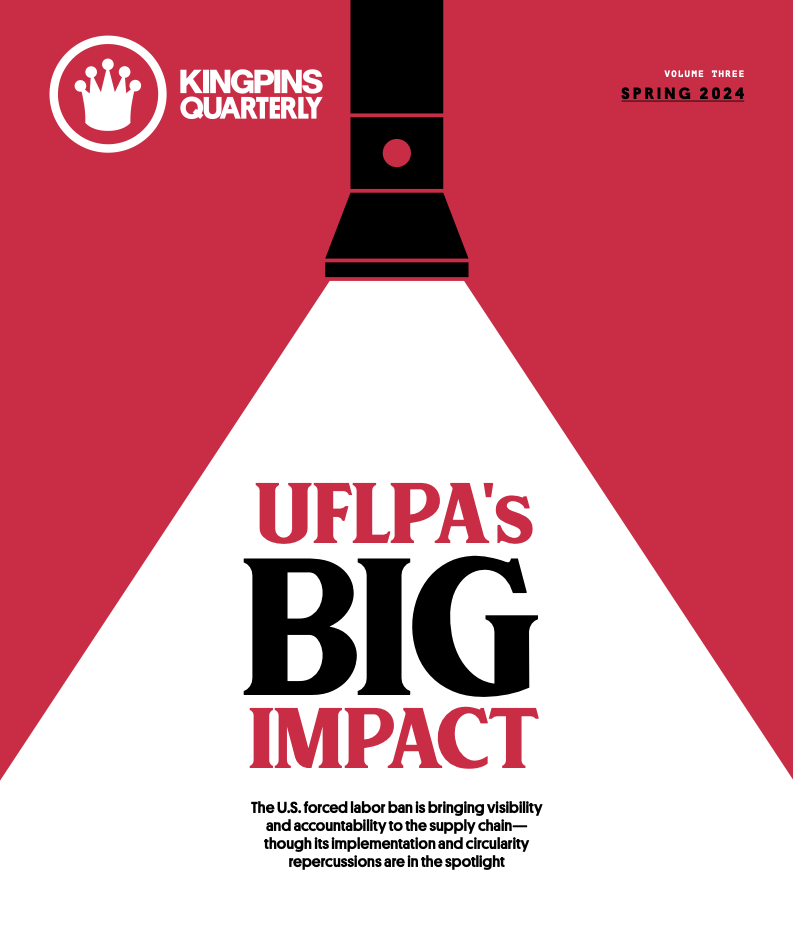Welcome to another Kingpins: One more time!
If it’s your first time at the show or your first time reading Kingpins Quarterly, thanks for your engagement. We like to think of ourselves—as you are—as another member of the global denim community.
With that in mind, here are some crazy things going on.
A friend of mine who is a denim master, having launched all sorts of great premium brands since the turn of the century, carefully examined a jean his wife purchased at Walmart. He found it to be impeccably made. The jean was premium quality, the fit perfect, pocket placement excellent and the wash outstanding. He concluded that the global supply chain (the jeans were likely made in Bangladesh or Pakistan) now is able to make super great quality regardless of the origin or the price. Being a supplier to Target for years, I already knew their jeans were really high quality, but I never expected to hear that Walmart was making high quality product as well. So, hello to another well made $29 jean.
Here is information other industry colleagues from the supply chain gave me that might raise your eyebrows, as in ‘WHAT?’ I’m not going to name names because that does not matter. What matters is the price. I’ll get into that in a moment but first the highlights, which are also lowlights.
A retailer in Spain: Indigo jeans shipped at $5.70
An American brand: Indigo jeans shipped $6.50
A retailer in France: Indigo jeans shipped $6.00
A Danish brand: Indigo jeans shipped $6.00
If we assume that denim fabric at cost is $2.50/yd (should be $3.20/yd) and total consumption for a women’s jean would be $3.35 (or so) with trims at 50 cents, that leaves only $2 for sewing and washing.
The cost of denim in 1982 was $3.00/yard. At that time, cotton cost (year range) was 70 cents/lb while today it’s 80 cents for December delivery, a 14 percent increase in 51 years. Petroleum cost was $30/barrel, while today it’s $90/barrel, a 300 percent increase. And so, one wonders incredulously while life costs more, how on earth prices are so much lower today for denim fabric?
I’ve included a McDonald’s drive-in menu from 1983 where a Big Mac sold for 85 cents. Today, four decades later, the Big Mac now costs $5.89 in California or almost 700 percent more than it cost when this menu was built.
Bagaholic tells us a Louis Vuitton Speedy 25 bag cost $150 in 1979, and today it costs $1,100 or, like the Big Mac, 730 percent more today than almost 50 years ago.
In short, our industry is shoving prices down to create “demand” when we know consumers are quite willing to pay McDonald’s or LVHM 700 percent more than they used to pay.
We all need to give this a serious think because few of us in the supply chain are able to make normal profits (if any) anymore. At Kingpins, we love and use the word sustainable when it comes to products but not really sure how that word applies to suppliers and their long-term viability, which of course means the people who sew and wash garments in our industry have massive job risk.
Somewhere, somehow prices need to include a normal profit for suppliers— not their cost or less than production—for the workers, if not for anyone else.
Perhaps the legislators need to also think about the facts and get involved in unfair tactics in our industry compared to food or luxury products.
Enjoy the show, and please remember that in the early 1980’s a Wrangler jean cost $13.99 and today (right now) online it’s available at Walmart for $19.97.
Best,
Andrew Olah
Founder, Kingpins




